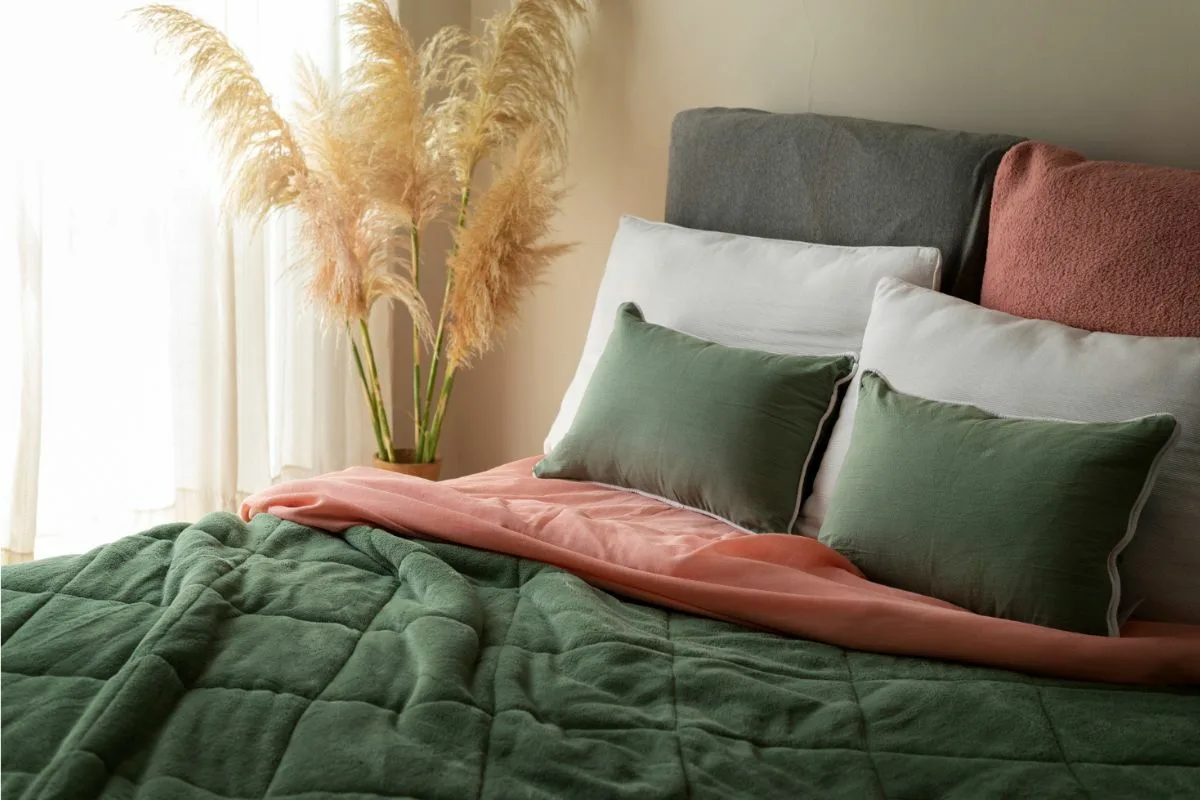Sleep disorders affect the majority of people, yet few of them think to evaluate the condition of their bedding.
Recent research shows that suitable bedding can significantly improve the quality of night-time rest. The benefits of a good mattress and a high-performance bed base far exceed consumers’ expectations.
Choosing your bedding requires a methodical and personalised approach. This decision has a direct impact on physical and mental recovery, as well as daily productivity. The selection criteria vary according to individual needs, body type and sleeping habits.
The surprising benefits of suitable bedding on the quality of rest
A study conducted by the Hôtel-Dieu Sleep Centre reveals particularly encouraging data on the impact of new bedding on sleep quality. Participants in this research gained up to 31 minutes of additional sleep each night after replacing their bedding.
The improvements observed are not limited to the total amount of rest. The time it takes to fall asleep is halved, allowing for a quicker transition to sleep. The phases of deep sleep are significantly longer, promoting better physical and cognitive recovery. At the same time, night-time awakenings are drastically reduced, ensuring continuity in sleep cycles.
François Duparc, president of the Parlons Literie collective, emphasises the importance of putting bedding back at the centre of concerns related to sleep disorders. This approach contrasts with the solutions usually favoured, which often focus on behavioural or environmental changes. However, investing in quality equipment is a sustainable and effective solution.
Criteria – Worn bedding – New bedding
Time taken to fall asleep – 20-30 minutes – 10-15 minutes
Night-time awakenings – 5-8 per night – 2-3 per night
Deep sleep – 15-20% – 25-30%
Identifying signs of wear and tear on your bedding
The average lifespan of bedding is 14 years for French consumers. This excessive longevity significantly compromises sleep quality. Experts recommend replacing bedding after a maximum of 10 years to maintain its support and comfort properties.
Obvious signs of wear include visible deformations of the mattress, protruding springs or sagging areas. The bed base components may also show signs of failure: broken slats, faulty fixings or repeated squeaking. Bedding may show signs of wear such as pulled threads, stubborn stains or tears.
More subtle symptoms require special attention. Central sagging of the mattress causes unintentional closeness between partners during the night. This deformation compromises spinal alignment and causes muscle tension. A simple test is to place a broomstick diagonally across the bed: any gaps reveal areas of sagging.
Regular inspection allows you to anticipate replacement before back or neck pain develops. Purchase invoices are the most reliable reference for determining the age of the equipment. This objective check avoids errors of judgement linked to daily habits.
Essential criteria for selecting a mattress and bed base
Choosing bedding requires a personalised approach in a specialist shop. Needs vary considerably depending on body type, sleeping habits and environmental constraints. Qualified advisors guide the selection towards the most suitable models after analysing individual criteria.
Mattress technologies offer distinct properties depending on the materials used. Pocket springs provide optimal support for the spine and limit the transmission of movement. Memory foam moulds perfectly to the contours of the body, reducing pressure points. Natural latex combines elasticity and ventilation, making it particularly suitable for humid climates.
There are several basic rules to follow when trying out a mattress in a shop:
- Test the mattress in your usual sleeping position
- Check that your body is in uniform contact with the entire surface
- Make sure there is no gap in the lumbar region
- Assess how easy it is to change position during the night
- Test with two people for couples

Budget and quality guarantees for a lasting investment
The price of bedding generally reflects the quality of the materials and finish. Unusually low prices are a warning sign regarding the durability and comfort of the product. A minimum quality mattress requires an investment of at least £600, while a mattress and bed base set starts at around £1,200.
The origin of products directly influences their compliance with European standards. French manufacturers or those with subsidiaries in France comply with strict specifications in terms of safety and durability. This traceability also guarantees local after-sales service during the period of use.
Technical certifications provide additional guarantees on the performance of the bedding. CTBA certification validates resistance to accelerated ageing tests and ensures optimal durability. Environmental labels certify the use of materials that are respectful of health and the ecosystem.
Brand reputation is a key criterion when making a long-term investment. Companies that have been established for several decades generally offer more reliable technical and commercial support. This longevity provides reassurance about the availability of spare parts and technical assistance throughout the product’s lifetime.




